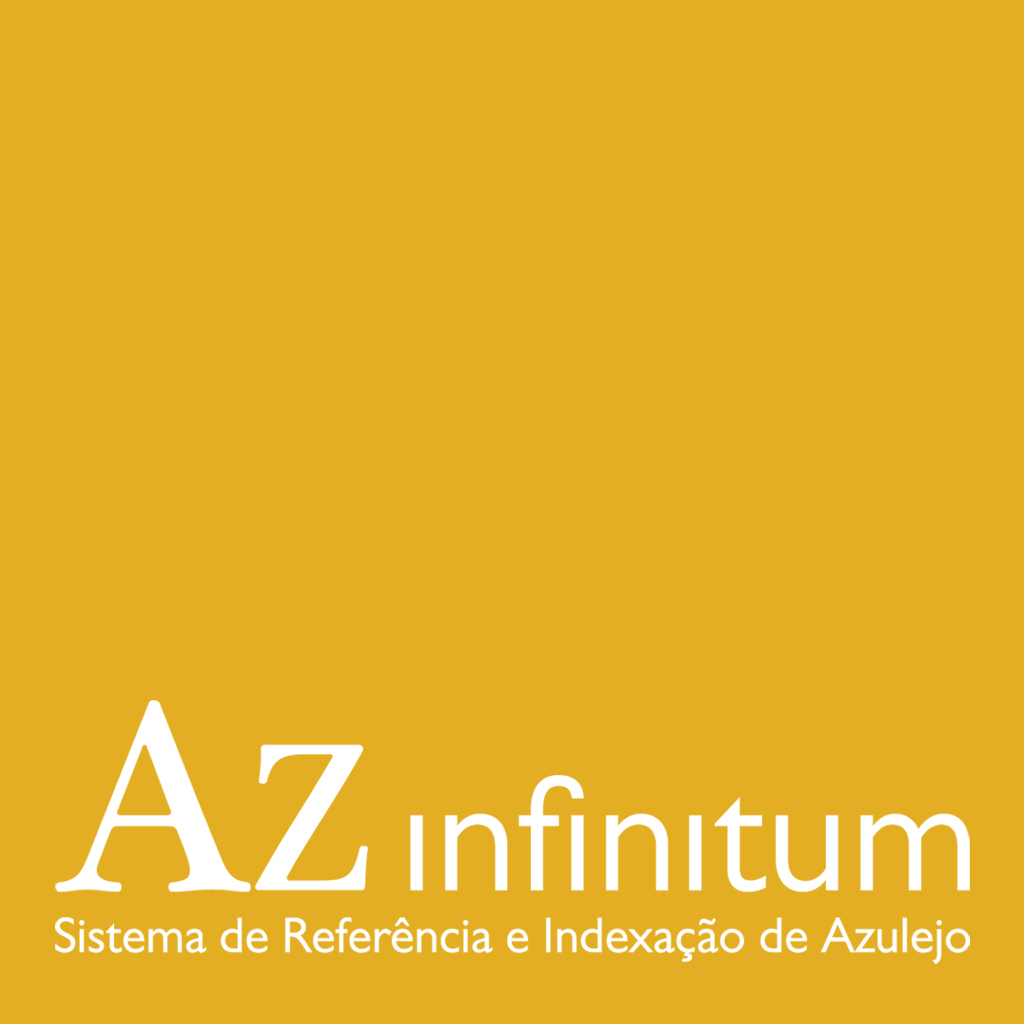
Az Infinitum - Azulejo Indexation and Referencing System
Az Infinitum – Azulejo Indexation and Referencing System is a constantly updated online platform that inventories, catalogues and documents tile decorations produced or applied in Portugal until the present. It is the only platform with these characteristics and the largest national database on azulejos, managed by a team of specialized researchers. Our goals? To get to know, study, promote and protect Portugal’s tile heritage!
[ONLINE ACCESS]
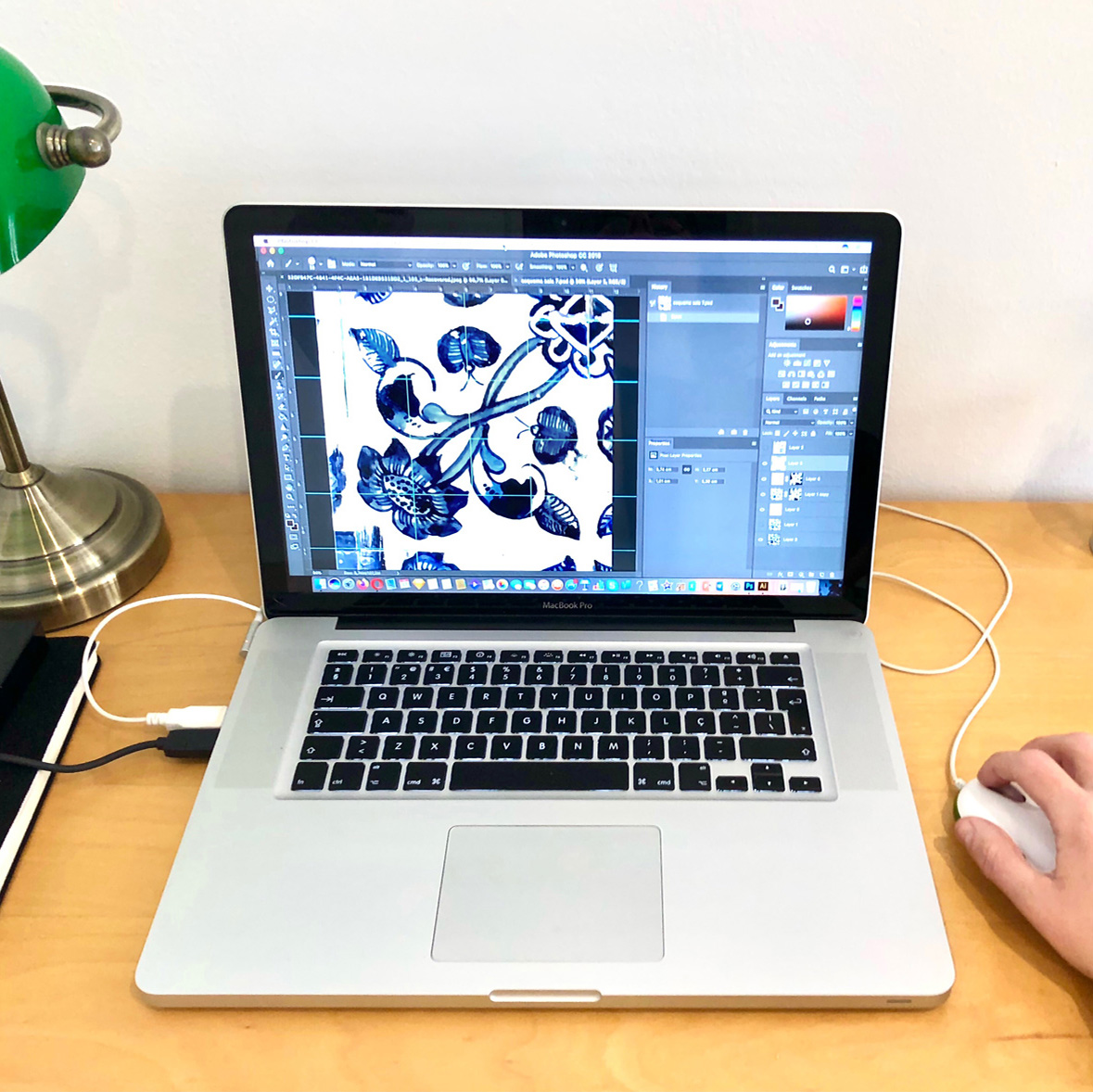
Cataloguing Portuguese Tile Patterns
Starting date: 2010
Ending date: ongoing
The project aims to provide the scientific community and the relevant institutions with a catalogue of patterns (and frames) that will help control and standardize the terminology currently used in this field. This resource will be made available on Az Infinitum, in the section on patterns and frames.
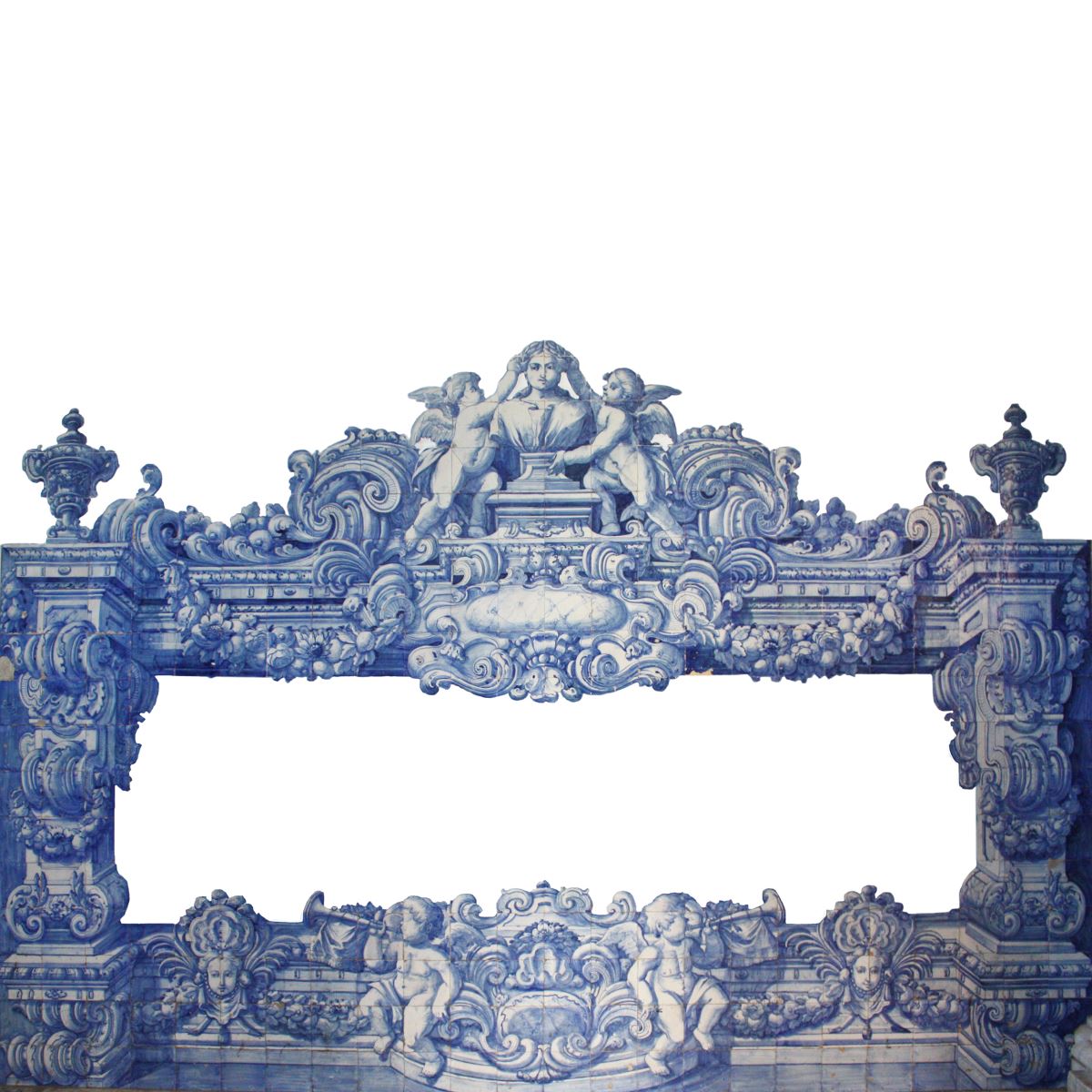
Surrounding the Azulejos | Portuguese Baroque Tile Borders (1675-1750)
Starting date: September 2014
Ending date: ongoing
Postdoctoral project devoted to the study of tile frames from the Baroque period, financed by the FCT (SFRH/BPD/84867/2012) from September 2014 to April 2019 and coordinated by Rosário Salema de Carvalho, hired by ARTIS-IHA/FLUL under DL-57.
![Lisboa, bulding at Calçada dos Cavaleiros, 1698 | Leitão Archive [n.d.] Lisboa, bulding at Calçada dos Cavaleiros, 1698 | Leitão Archive [n.d.]](multimedia/images/azulejaria/Projectos/Proveniencias.jpg)
Lisboa, bulding at Calçada dos Cavaleiros, 1698 | Leitão Archive [n.d.]
Provenance Studies
Starting date: 2014
Ending date: ongoing
The public and private tile collections assembled since the second half of the 20th century result, to a great extent, from a decontextualization of the existing tile heritage, that is, from the transformation of decorative panels into loose "objects". This process, by promoting the circulation of these objects, has contributed to effacing the memory of the azulejos' original locations.
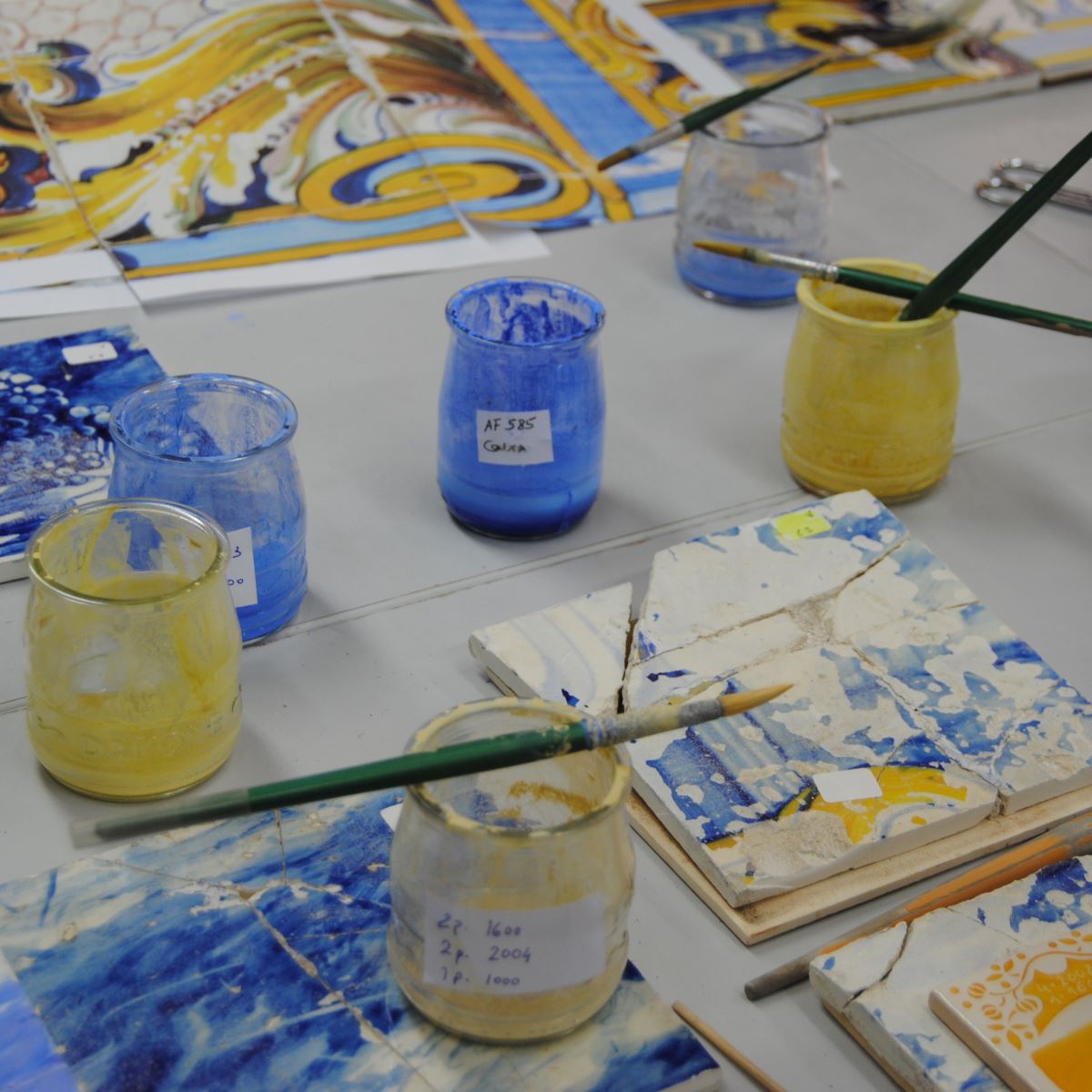
Az.thesaurus
Starting date: 2015
Ending date: ongoing
Network interactions and knowledge sharing with other institutions, and hence with other information systems, is increasingly dependent on the development of effective modes of classing and recovering data. In what regards the azulejo, this is very much an open field. Despite the existing glossaries, the urgent task of setting up a systematic instrument for controlling and standardizing the vocabulary used in this area filed yet to be accomplished.
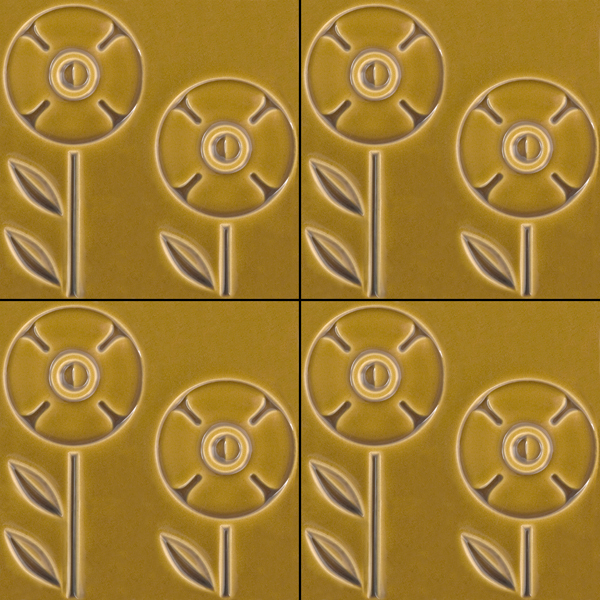
Pattern P-20-00096, Estaco factory | Cortiço & Netos Collection
The Cortiço & Netos Collection
Starting date: February 2013
Ending date: June 2013
Cortiço & Netos was founded more than thirty years ago, with the stockpiling and marketing of an important collection of Portuguese industrial tiles. In 2013, from February to June, the company hosted two interns from Az via an internship programme integrated in the License Degree in Art History of the School of Arts and Humanities of the University of Lisbon (FLUL).
Iconclass | Portuguese Translation
Starting date: 2012
Ending date: 2014
Iconclass is a classification system for cultural contents used in museums and institutions all over the world. In terms of visual communication, however, its scope extends well beyond the domain of traditional cultural heritage.
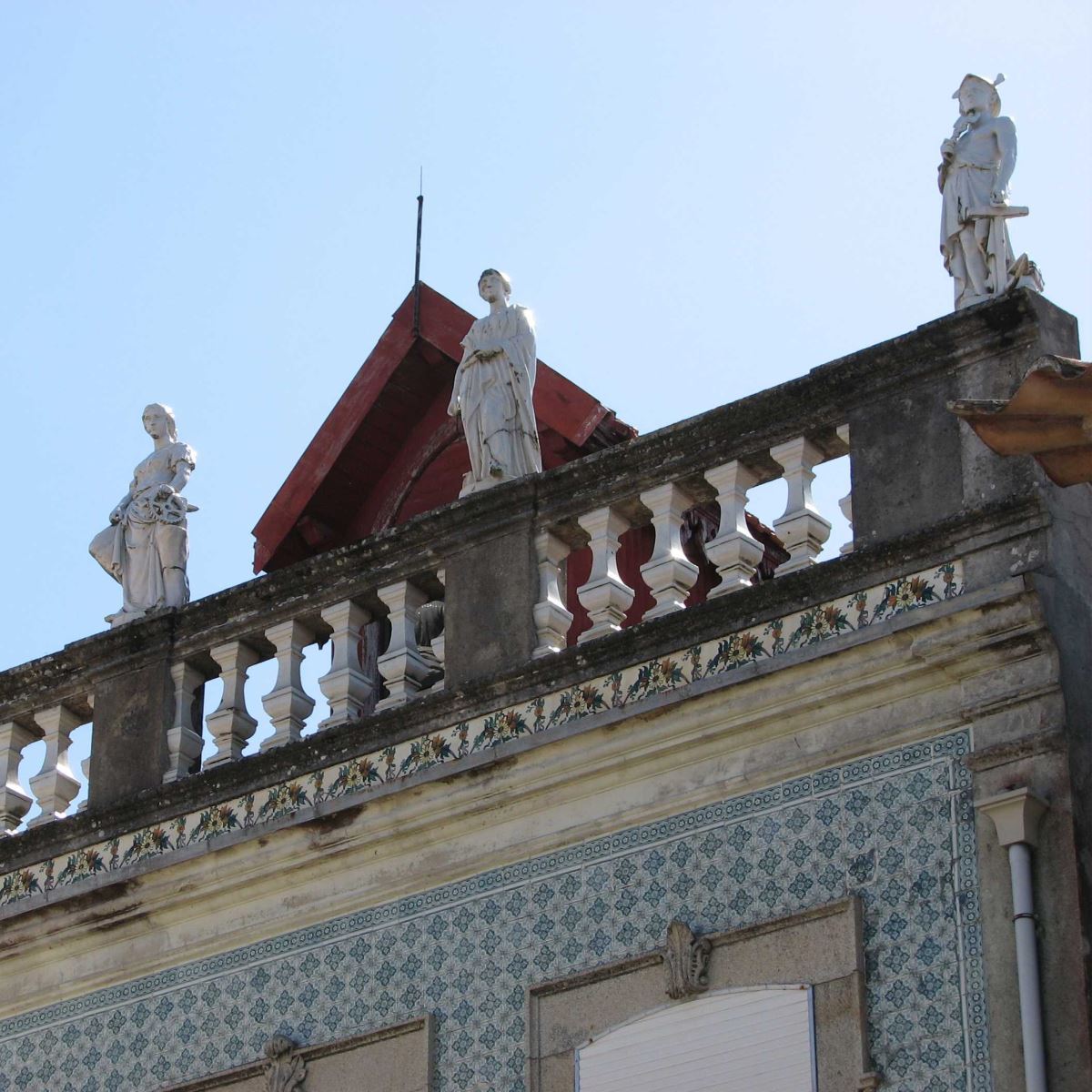
Building façade in Ovar | photo by Francisco Queiroz/IPC
Tiled Façades in Ovar
Starting date: November 2010
Ending date: December 2011
This study consisted in a detailed survey of the ceramic ornaments found on the façades of the city and the municipality of Ovar, focused both on the azulejos and on other ceramic elements used to decorate or crown the buildings (namely pine cones, globes, cornices, allegorical statues, etc.) The study also included the assessment of the façades’ state of conservation.
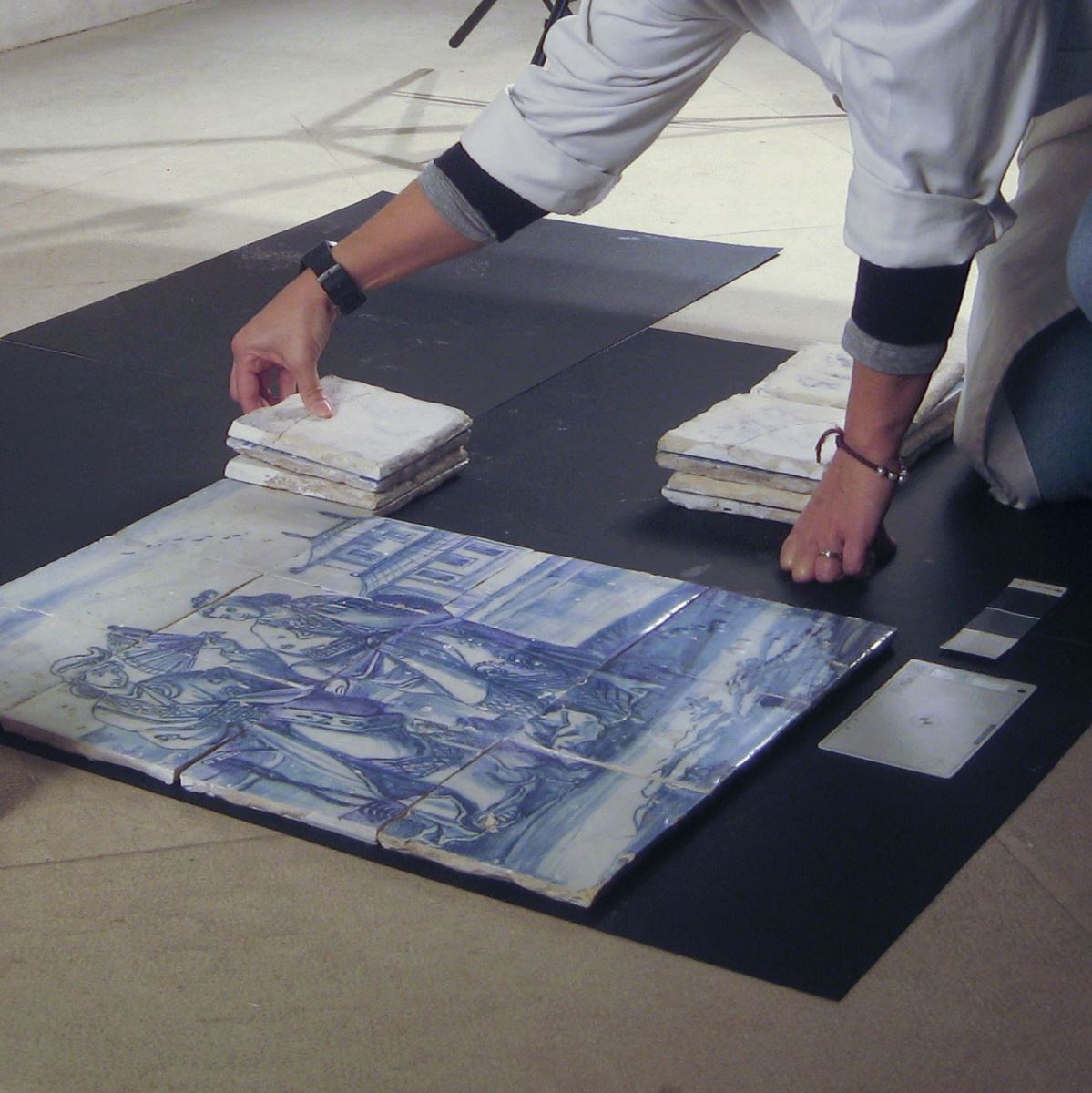
Giving Back to the View
Starting date: 2009
Ending date: ongoing [at Museu Nacional do Azulejo]
Giving Back to the View is a project by the National Azulejo Museum aimed at cataloguing, preserving and studying the museum’s collections, sponsored by the FCT and with the initial collaboration of researchers from Az.
